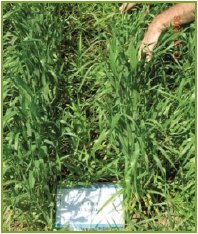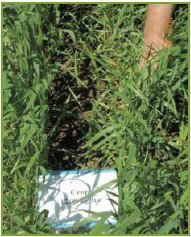Soil bacteria as pre-emergent bioherbicides for annual grass weeds
Green foxtail and wild oat represent two major annual grass weeds in crops such as cereals, canola, and pulses. It has been estimated that it costs farmers more than $4 million annually to control herbicide-resistant wild oat and green foxtail. Biological control is one more tool in the weed management toolbox for farmers to use.

Biological control of weeds with microorganisms represents the next generation of pesticides. Soil bacteria that colonize plant roots are being developed as pre-emergent biocontrol agents of green foxtail and wild oat. The bacteria inhibit weed seed germination and suppress root growth. The leading bacterial candidate is Pseudomonas fluorescens strain BRG100.
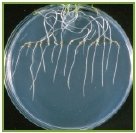
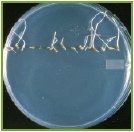
BRG100 can provide up to 85 to 90% weed control in the field and it has been shown to control herbicide-resistant green foxtail and wild oat populations.
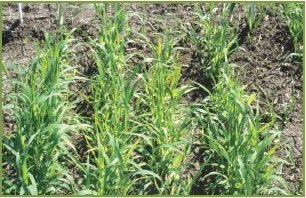
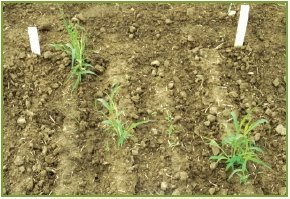
Manufacturing: How do we mass-produce and formulate the bacteria into ‘pesta’ granules?
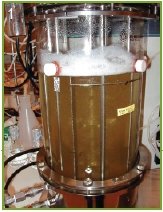
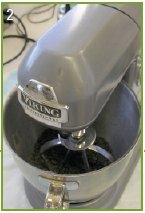

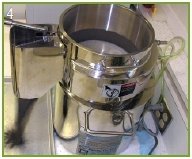

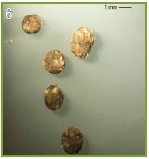
Delivery of the formulated bacteria

Pesta granules containing the BRG100 are applied with standard seeding equipment.
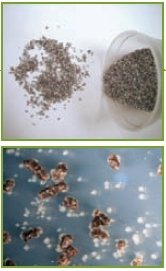
Wheat field treated with BRG100
